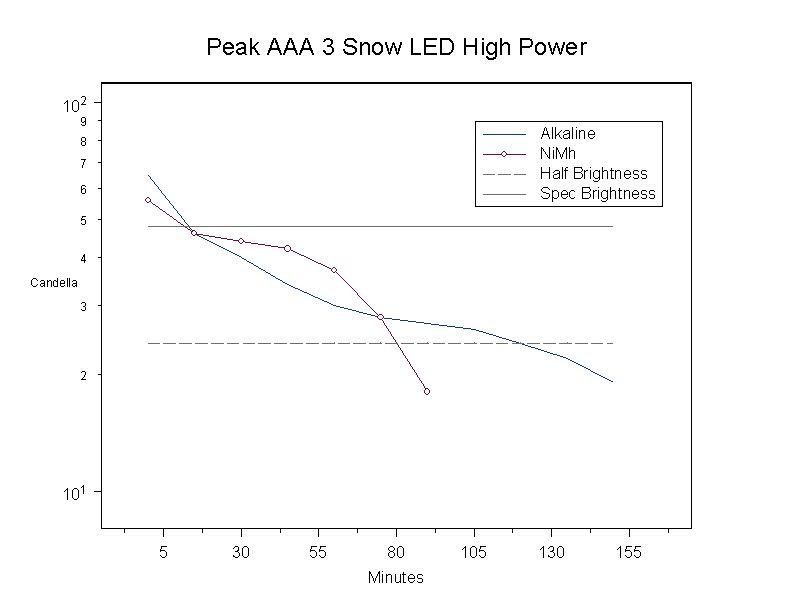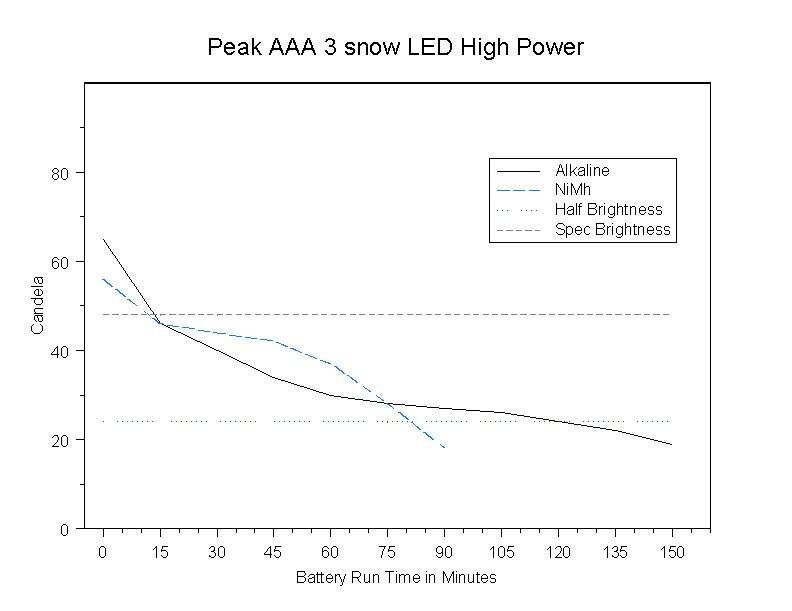NewBie
*Retired*
As I recall, the human eye sees logarithmically.
I often wonder why we always plot lux as linear, since it makes the flashlight look like it varies much more than it really does to our eyes.
In comparision plots, between two flashlights, a logarithmically plotted result would also more faithfully show the real difference between them as it appears to your eye in "real life".
It seems to be quite misleading to utilize a linear lux/candela plot.
Could the more educated folks here please explain to me why we utilize linear plots for lux/candela?
I often wonder why we always plot lux as linear, since it makes the flashlight look like it varies much more than it really does to our eyes.
In comparision plots, between two flashlights, a logarithmically plotted result would also more faithfully show the real difference between them as it appears to your eye in "real life".
It seems to be quite misleading to utilize a linear lux/candela plot.
Could the more educated folks here please explain to me why we utilize linear plots for lux/candela?




